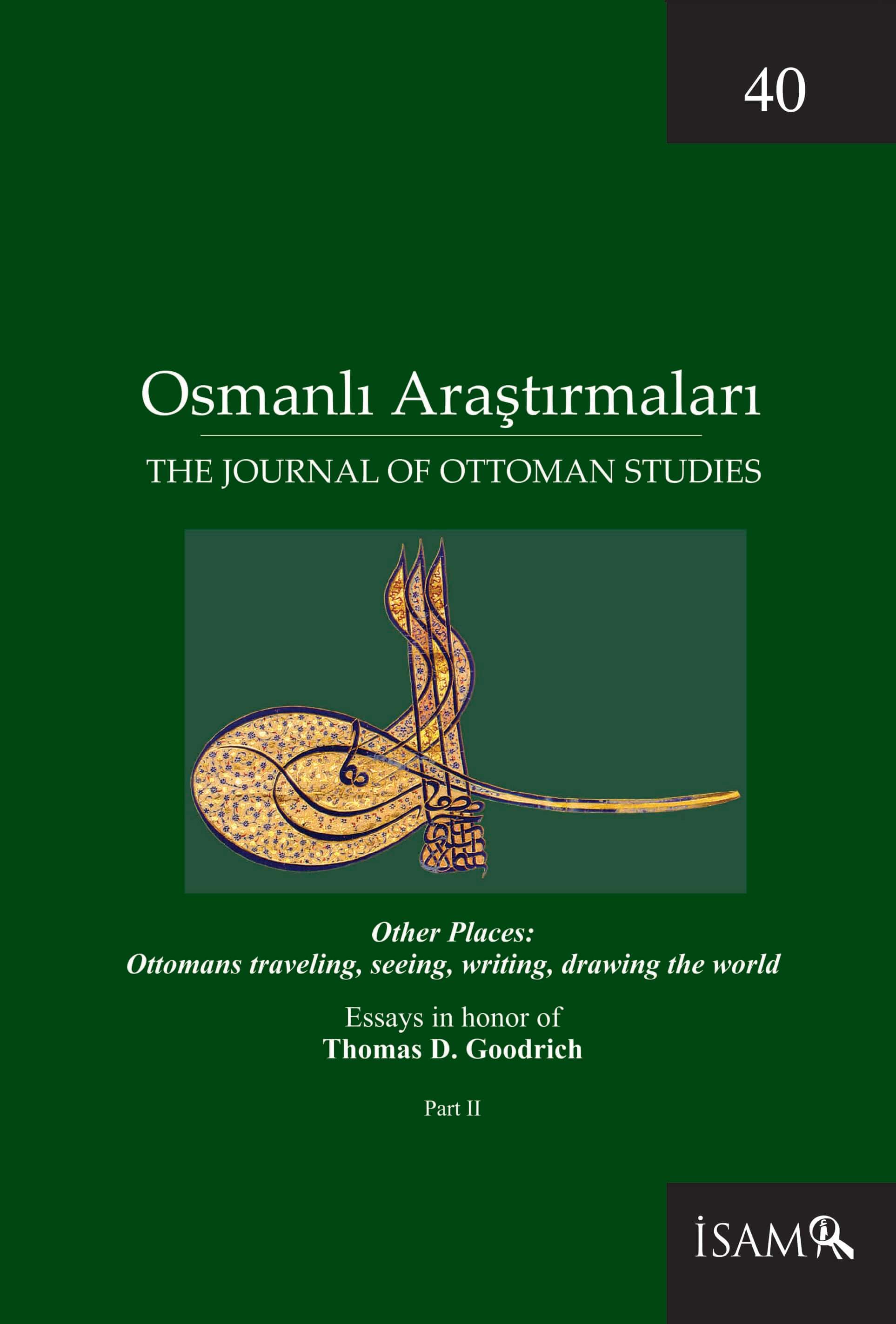An Ottoman Geographer Engages the Early Modern World: Katip Çelebi’s Vision of East Asia and the Pacific Rim in the Cihânnümâ
Keywords:
Katip Çelebi, Cihânnümâ, Japan, China, East Asia, Ottoman geography, Age of Exploration, Ottoman-European interactionAbstract
This article examines how the Ottoman intellectual Katip Çelebi sought to dramatically reshape his contemporaries’ understanding of world geography in the eleventh/seventeenth century. Via a careful examination of the unfinished manuscript of his Cihânnümâ, which aimed to compile a global geography by incorporating new information taken from European writers and map-makers about discoveries made during the Age of Exploration, we can gain insights about the extent of Ottoman knowledge about the global changes taking place during the early modern period of world history. By dissecting the components of Katip Çelebi’s chapters on the lands of the Pacific Rim, such as Japan, the islands of Southeast Asia, and China, we can identify both what interested the author about these places and how he used various sources to provide information about them to his Ottoman audience. In contrast to many of his contemporaries, as Katip Çelebi became aware of various European geo- graphical works in translation at the end of his life, he increasingly rejected Muslim geographies as lacking in quality. He persisted in this interpretation, even when that choice led him to erroneous conclusions about distant regions of the world. Despite the obvious flaws of the work in hindsight, however, the Cihânnümâ proved surpris- ingly effective at informing its contemporary Ottoman audience about some of the dramatic shifts that had been taking place during the early modern period.




